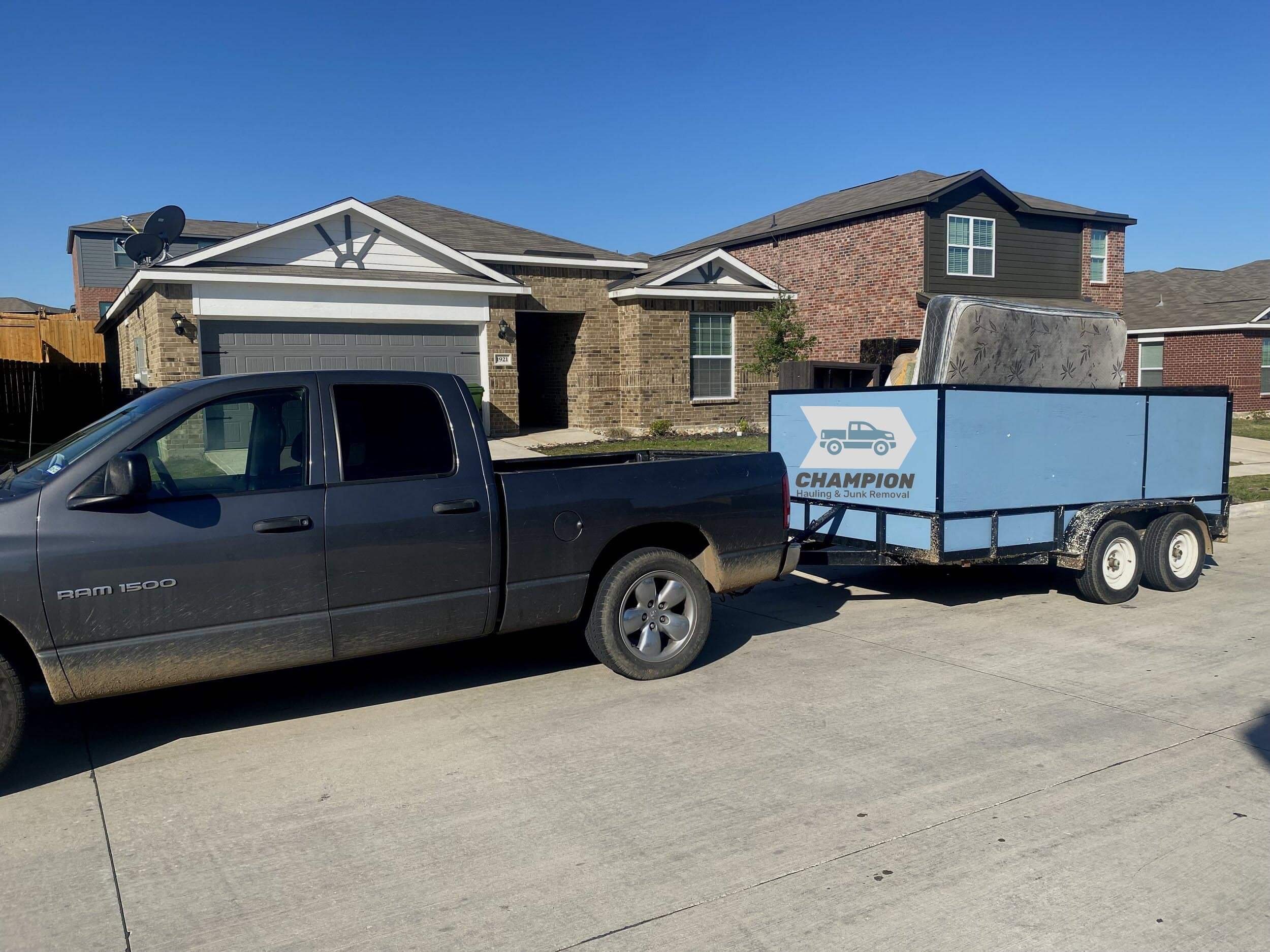Trash Removal Atlanta: Comprehensive Solutions for Home and Service
Wiki Article
Expert Waste Administration Strategies Tailored for Industrial Setup
Tailoring waste administration techniques to suit the one-of-a-kind demands of commercial settings is not just valuable yet essential for keeping functional efficiency and ecological sustainability. The quest for improved waste administration in commercial settings entails a careful approach that stabilizes governing conformity, cost-effectiveness, and ecological obligation.Significance of Tailored Waste Management
Tailored waste monitoring methods are essential in commercial setups to optimize source usage and minimize environmental influence. Industrial operations generate a considerable quantity of waste, varying from solid by-products to chemical contaminants, presenting a risk to the environment otherwise taken care of efficiently (Commercial junk removal atlanta). By personalizing waste monitoring approaches to suit the details needs and challenges of each industrial center, companies can not only abide by regulations yet likewise boost functional effectiveness and sustainabilityOne secret aspect of customized waste administration is conducting an extensive waste evaluation to determine the types and quantities of waste generated. This analysis permits business to implement targeted remedies such as recycling programs, waste partition procedures, and waste-to-energy campaigns. By comprehending the make-up of their waste streams, commercial centers can create cost-efficient techniques to decrease waste generation at the source, leading to long-lasting ecological advantages.

Kinds of Industrial Waste
What are the numerous categories of hazardous waste commonly produced in manufacturing processes? Hazardous waste can be categorized right into a number of main categories based on its composition and qualities. Hazardous waste is just one of one of the most essential kinds, including chemicals, solvents, heavy steels, and various other products that posture a risk to human health and wellness or the atmosphere. This category typically requires special delivery and disposal techniques to avoid contamination and make certain safety and security.One more usual sort of commercial waste is non-hazardous waste, which includes materials like paper, plastics, and packaging waste. While non-hazardous waste may not posture immediate threats, proper administration is still vital to reduce garbage dump usage and advertise recycling and sustainability techniques.

Contaminated Materials Handling Procedures
Effective monitoring of contaminated materials in commercial settings requires stringent adherence to established taking care of procedures to reduce threats and ensure environmental safety and security. Unsafe waste handling treatments include numerous vital steps to reduce the potential effect on human health and wellness and the setting. Appropriate recognition and classification of hazardous waste are crucial. This includes figuring out the features of the waste to establish the proper handling, storage space, and disposal approaches.Second of all, as soon as determined, harmful waste has to be carefully set apart from non-hazardous waste to stop contamination and guarantee appropriate therapy. Storage space of unsafe waste ought to adhere to guidelines concerning control, labeling, and compatibility to stop leakages, spills, or other events that could jeopardize employees or the environment.
Furthermore, managing procedures must include making use of individual protective tools, worker training, and emergency action methods. Routine assessments, surveillance, and paperwork of contaminated materials handling tasks are essential to preserving compliance and recognizing areas for improvement. By following these structured treatments carefully, industrial centers can properly manage dangerous waste and maintain their commitment to environmental stewardship.
Applying Reliable Recycling Practices

To carry out reliable reusing methods, commercial centers must initially perform a waste audit to determine the kinds and quantities of recyclable materials generated in their procedures. Based on this audit, companies can then establish marked recycling stations, provide proper training to employees on proper sorting techniques, and work together with relied on recycling companions for the collection and processing of materials. Furthermore, establishing specific reusing goals, tracking progress, and on a regular basis communicating with personnel concerning the importance of reusing are essential actions to ensure the success and sustainability of reusing initiatives in industrial settings.
Tracking and Continual Improvement
To guarantee the efficiency and sustainability of waste monitoring strategies in commercial setups, the execution of robust monitoring and continuous renovation processes is vital. Surveillance entails tracking vital efficiency indicators (KPIs) such as waste generation rates, recycling percents, and disposal expenses. Consistently assessing these metrics permits companies to identify areas for improvement and determine webpage the success of applied waste administration initiatives.Continuous improvement is necessary for fine-tuning processes in time. It includes analyzing checking information, identifying ineffectiveness, and applying changes to enhance waste monitoring techniques better. This iterative approach cultivates a society of recurring enhancement and advancement within the company.
Using modern technology like waste tracking software application and IoT sensors can simplify monitoring efforts, providing real-time data for educated decision-making. Employee training and involvement also play an important function in guaranteeing the success of surveillance and continuous enhancement campaigns, as frontline staff are commonly essential gamers in waste monitoring procedures.
Conclusion
In conclusion, customized waste monitoring methods are critical for commercial settings to efficiently handle various types of waste, including hazardous products. By applying reliable recycling techniques and continuously monitoring and enhancing waste management processes, markets can reduce their ecological impact and ensure conformity with regulations. It is essential for firms to prioritize waste administration to secure the environment and advertise sustainability in their operations.Report this wiki page